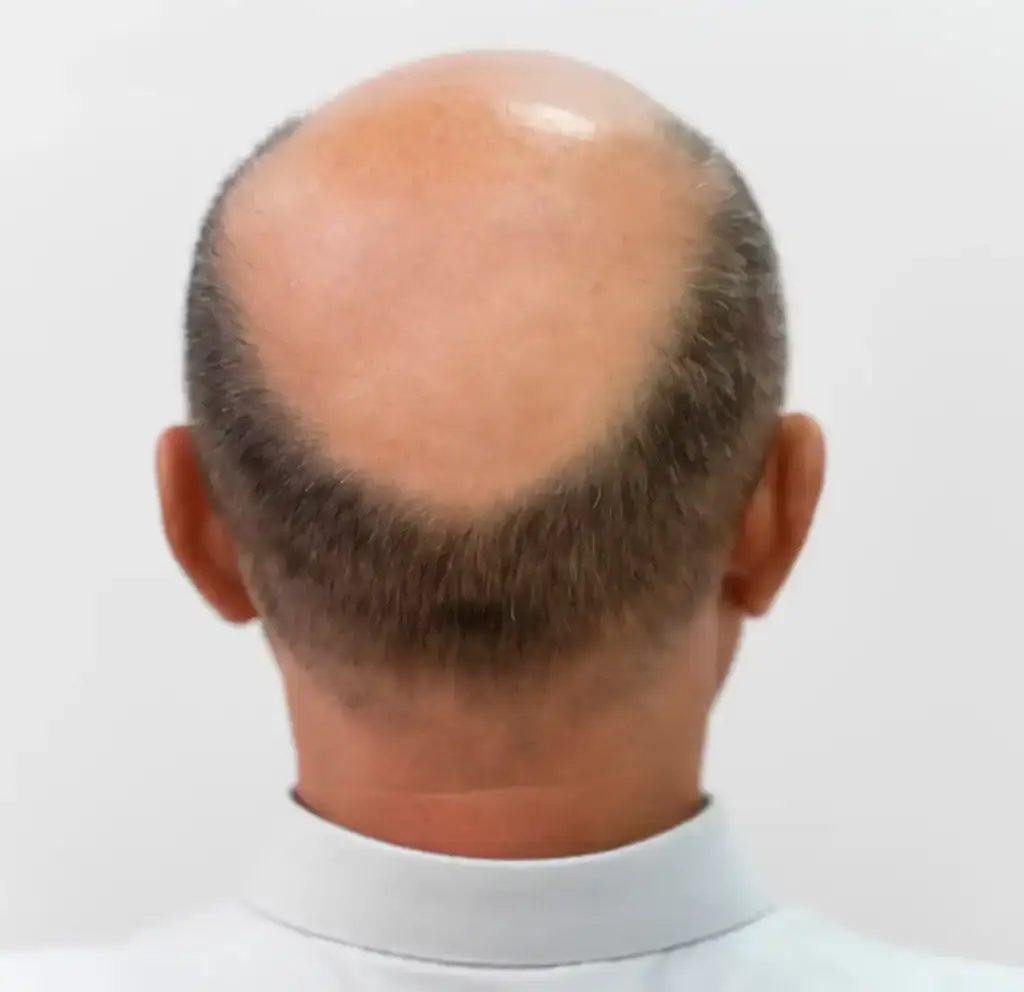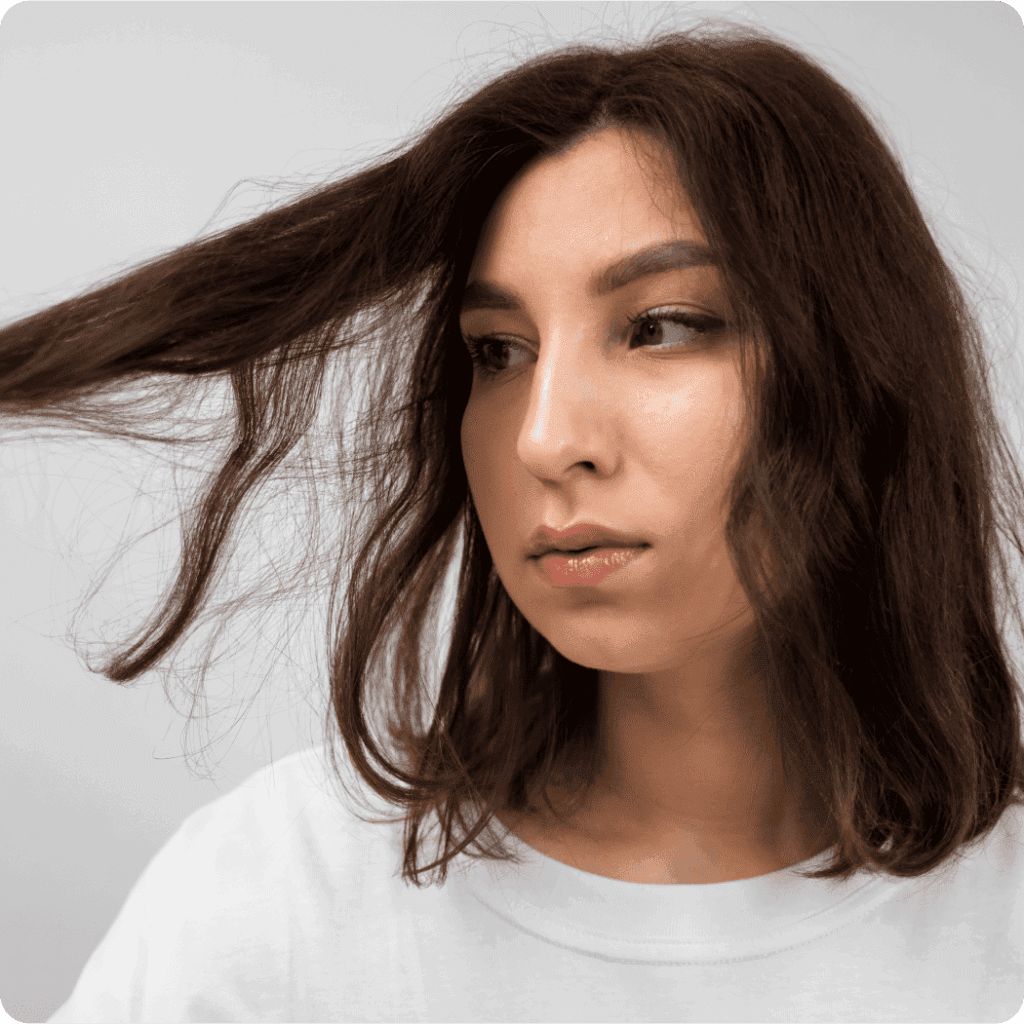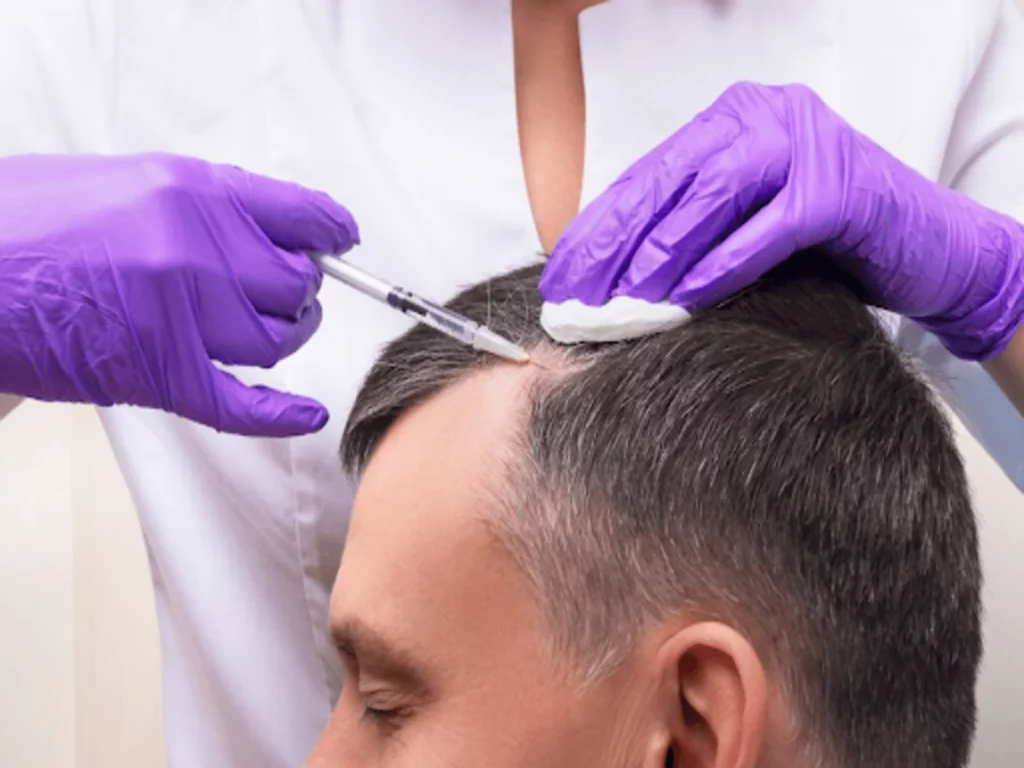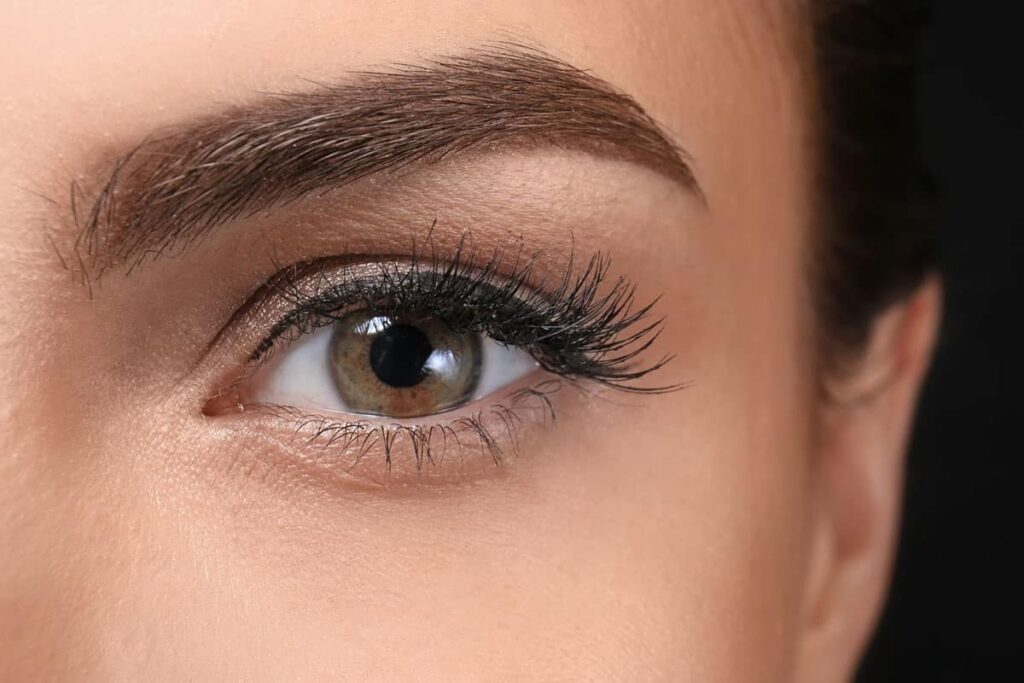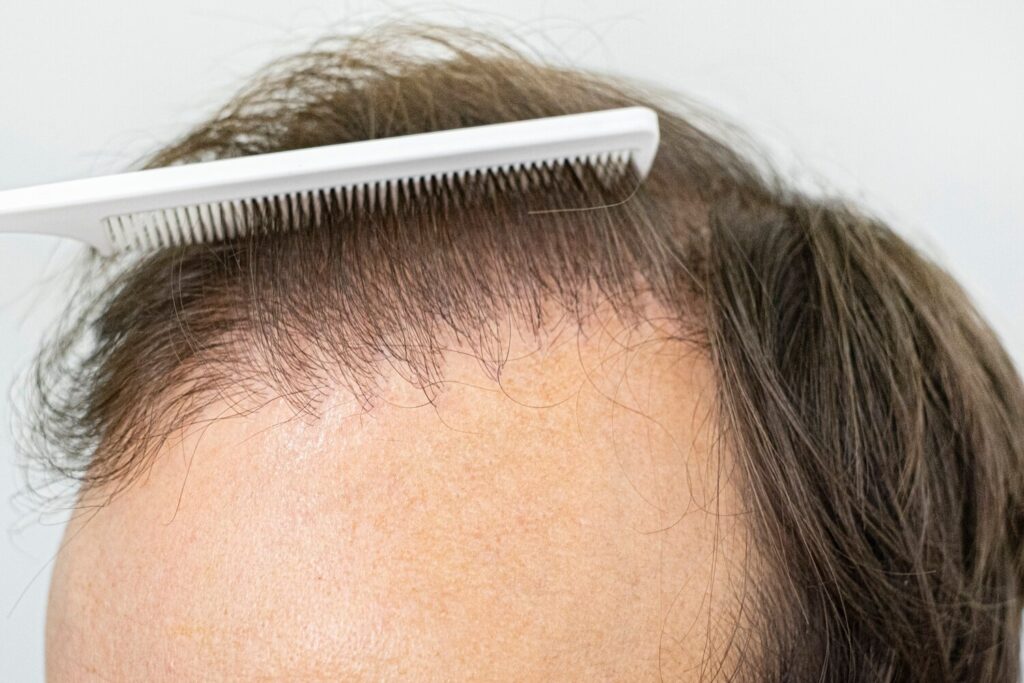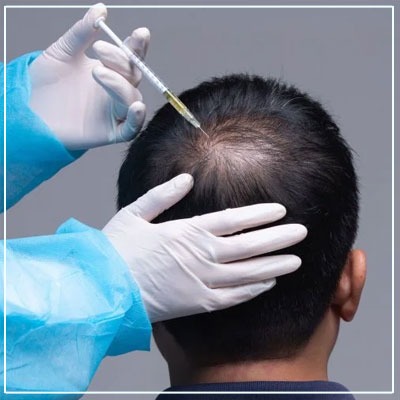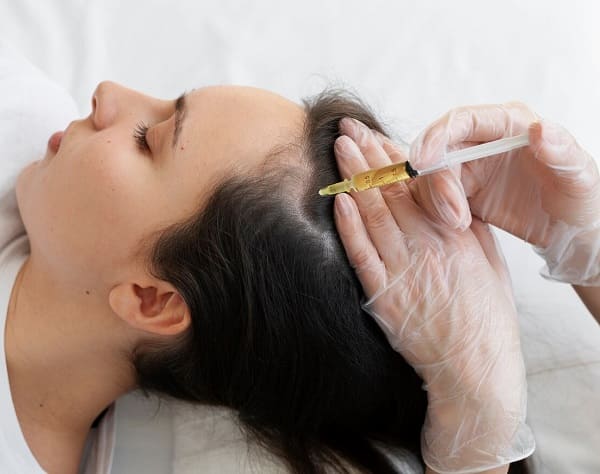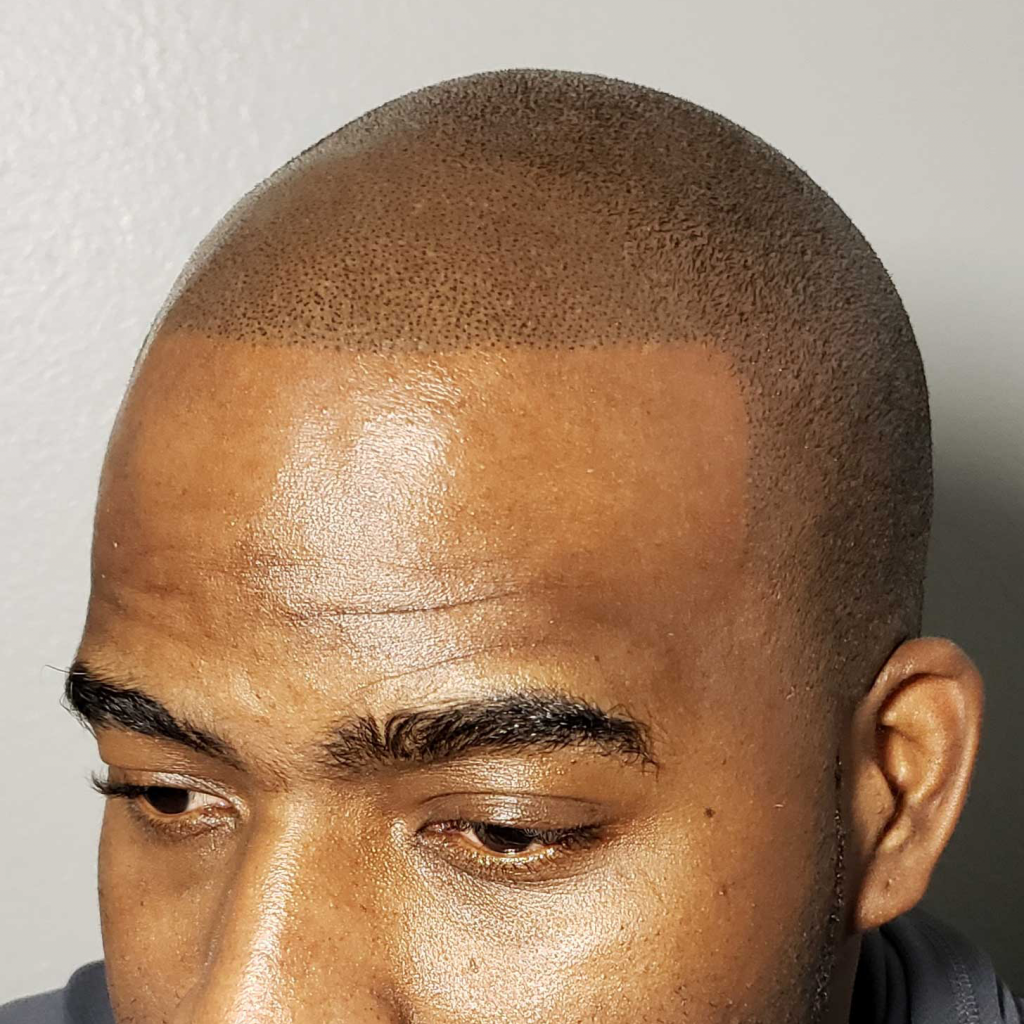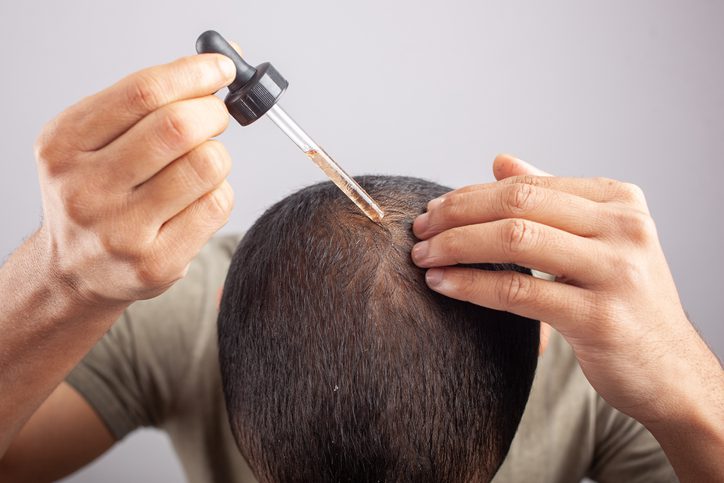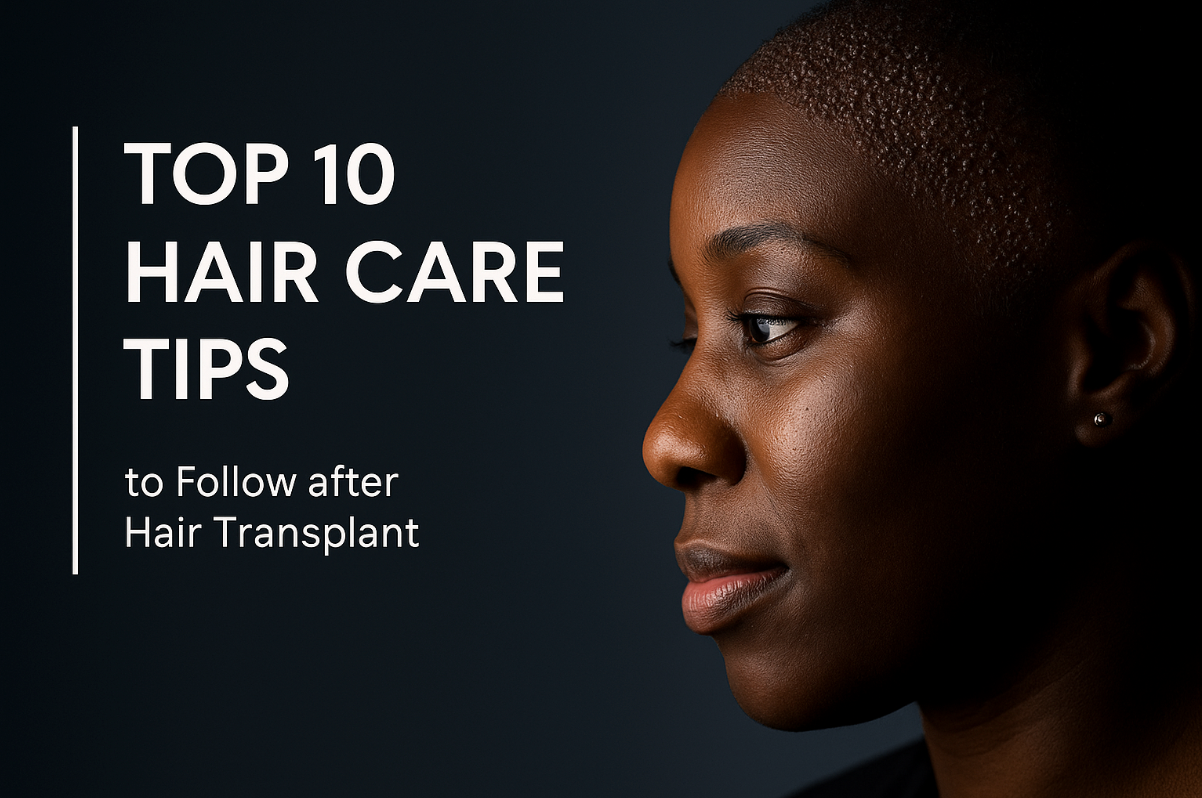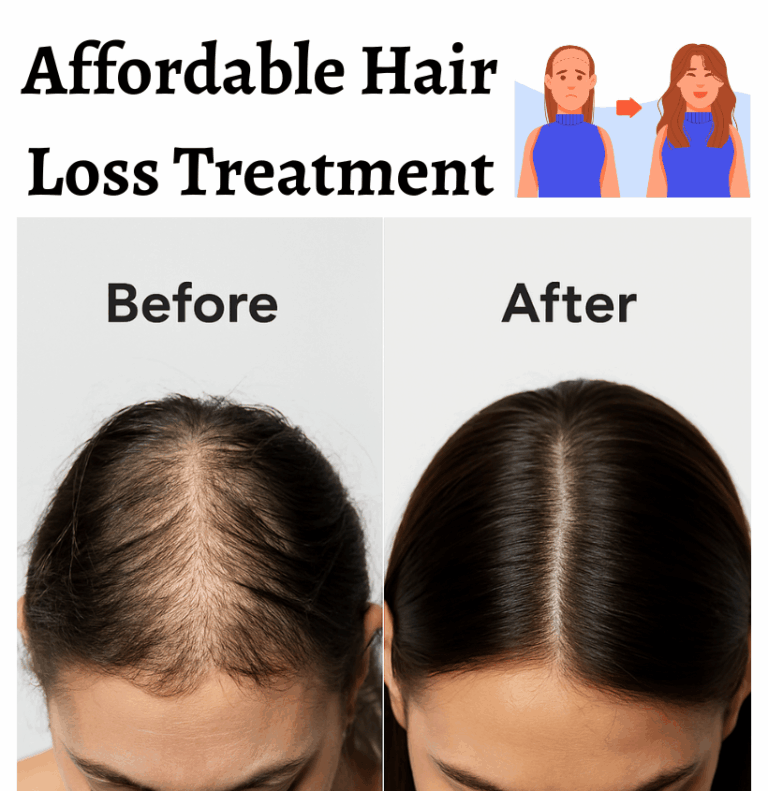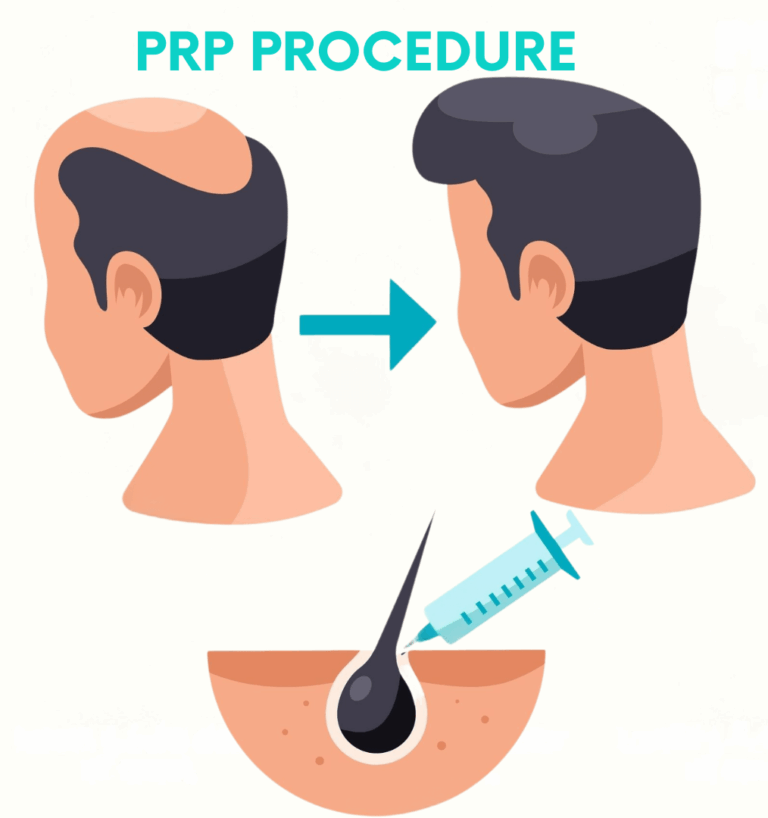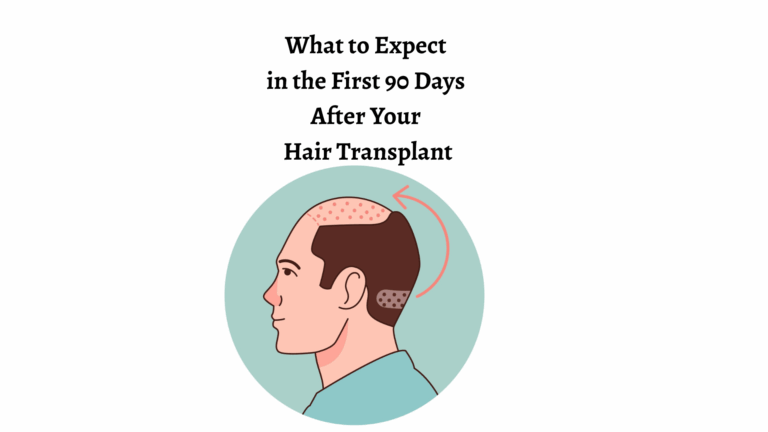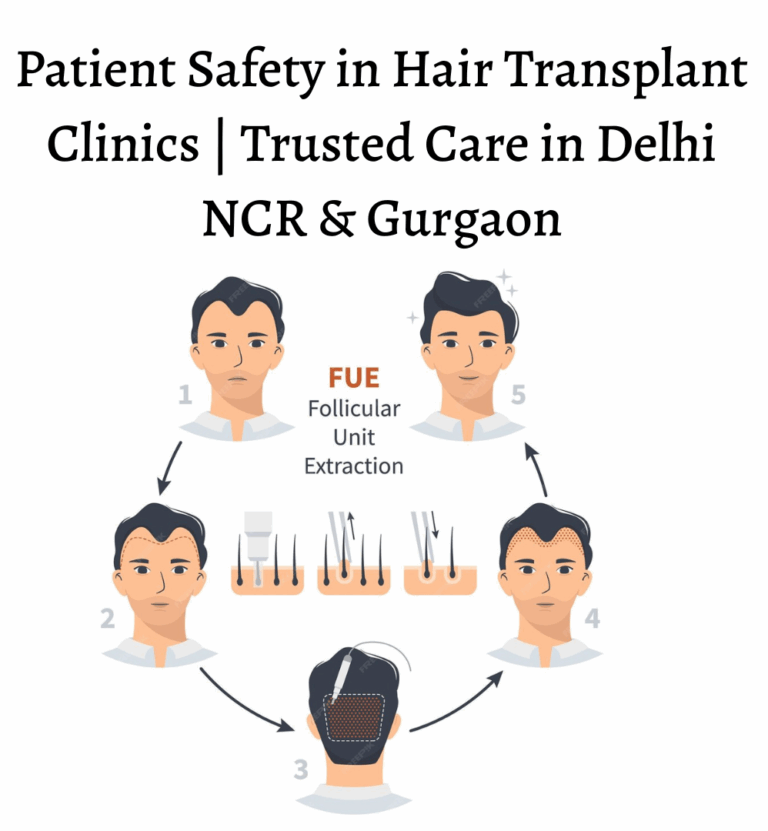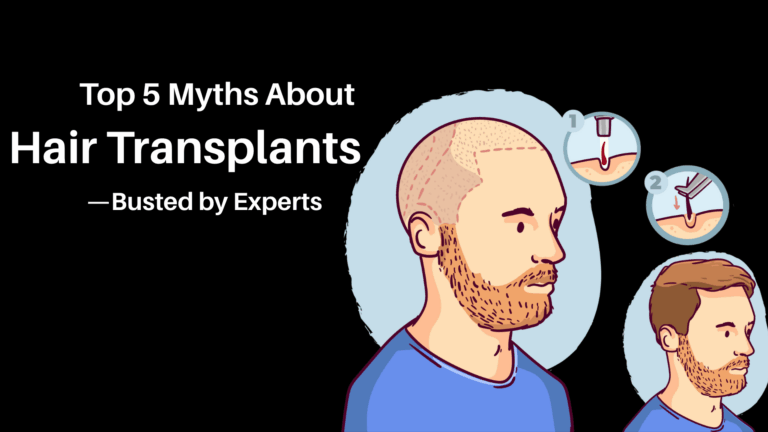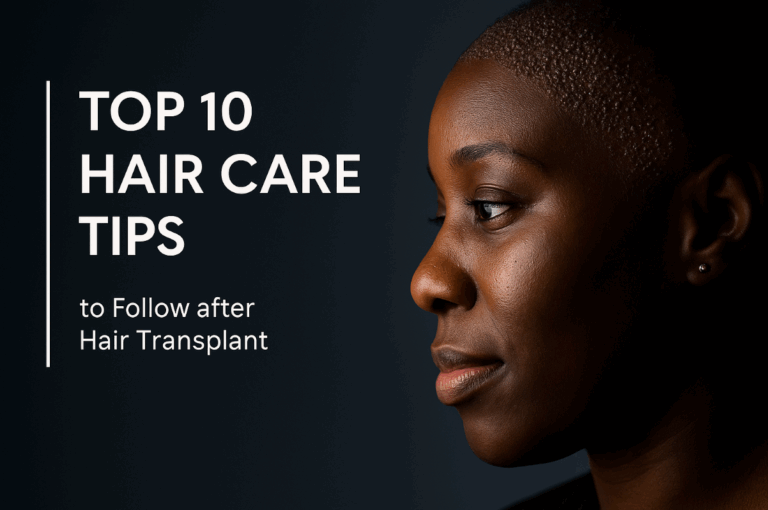A hair transplant can not only change your appearance, but also your confidence. However, the success of the process depends very much on how well you take care of your scalp after surgery. Proper hair care after hair transplant ensures that transplanted grafts naturally live, heal, and grow. Ignoring aftercare can cause poor results, infections, or even loss of transplanted hair.
This broad guide provides 10 detailed tips on the care of hair transplant, a daily road map, and practical advice for recovery and practical advice to support for treatment and development. Each step is supported by the recommendations of experts to help you get the best possible result.
Why Post-Hair Transplant Care is Crucial?
The first few weeks of hair transplant are important because transplanted follicles are delicate and need time to settle. Proper aftercare promotes blood circulation to the skull, prevents infection, and ensures that the graft root takes the graft root. Whether you choose an FUE hair transplant or another technique, proper recovery can make a significant difference after the procedure.
If you are planning a transplant, it is important to choose an experienced surgeon at the best hair transplant clinic in Gurgaon or the best hair transplant clinic in Lucknow that can provide an individual scheme.
10 Tips to Religiously Follow Immediately After Hair Transplant
1. Consider your surgeon’s instructions are your recovery bible
The surgeon’s instructions are the most important part of your recovery plan. After the procedure, you will receive personal guidelines for medicines, washing programs, and lifestyle restrictions. These instructions are based on factors such as the number of transplants, the treatment rate of your head, and the surgical technique used. Ignoring these directions can lead to complications such as infection or transplant failure. Doctors will also inform you whether you want to use recommended treatments, such as minoxidil for hair loss, or use PRP therapy for hair. A well-structured post-protection plan ensures proper blood flow in the transplanted area, reduces inflammation, and helps you return safely to normal activities. Always clarify doubts during follow-up to ensure that you take the right steps.
2. Be very gentle with your scalp
During the first 10 days after a hair transplant, transplanted follicles are very delicate and must remain undisturbed to settle in roots completely. You should avoid scratching or rubbing your scalp, as it can damage the graft and make empty patches. Even while washing, instead of standing under a shower head, you can use a cup to pour water gently on the skull. Avoid using nails for scratches if you feel itchy; Instead, press lightly around the area. You can experience light scabies or crust formation, which is normal. Let the crusts fall naturally. Avoid using a tight hood or helmet in this phase, as friction can damage the graft. Treating your skull with extra care during this time provides the basis for healthy hair growth later.
3. Keep your head slightly elevated while sleeping
Inflammation after transplant is common and usually occurs in the first few days. To reduce inflammation, sleep at an angle of 30-45 degrees for at least five nights. If you find it more comfortable, use more pillows to increase your head support or sleep in a recliner. Height prevents fluid retention around the forehead and eyes. Make sure your pillows are clean and soft to reduce the risk of infection and friction. If possible, place a travel pad around the neck to prevent conditional rubbing of the transplanted area at bedtime. Sleeping on the stomach or later should be postponed in the middle, as it can put pressure on the graft. When your surgeon confirms that the inflammation is reduced, you can gradually return to your normal sleep condition.
4. Only wash your hair as directed by your surgeon
Hair washing is an essential part of the tips on hair transplantation, but timing and technology are important. Surgeons usually recommend washing soft after three to five days. Use a light, sulphate-free shampoo and lukewarm water. Avoid strong water pressure that can interfere with the graft. Instead, use a small cup or hands to pour water gently over the skull. While applying shampoo, take it first in your hands and clap it lightly on your skull. Rinse gently without rubbing or scrubbing. After washing, dry with a soft towel instead of rubbing gently. Following these stages prevents transplants from disliking and supporting a clean, infection -free environment for treatment.
5. Avoid physical exertion
Physical exertion increases the blood flow to the scalp, and it can cause sweating, which can interfere with transplants and increase the risk of infection. Avoid activities such as running, weight lifting, swimming, and sports contact for at least two weeks. Sweat can also cause itching and discomfort. Swimming pools and saunas should be avoided for one month due to exposure to chlorine and bacteria. The light trip is usually safe after a few days, but always confirm with the surgeon before starting regular workouts. Gradual training of exercise prevents complications and supports proper treatment.
6. A healthy diet is key to recovery
Your body requires additional nutrients for recovery and hair growth. Eating a balanced diet rich in lean protein (chicken, eggs, fish, tofu), iron-rich foods (spinach, beans, red meat), and vitamins (A, C, D, E, and biotin) supports rapid treatment. Omega-3 fatty acids from nuts and fish improve the health and hair strength of the skull. Staying hydrated is equally important; Drink a lot of water daily to keep the tissues well used. Crash diet or processed foods with a lot of sugar and unhealthy fat, as they can slow the treatment. If you are recommended by your surgeon, consider taking supplements that promote hair health. Not only does a good diet benefit transplanted hair, but it also strengthens your existing hair.
7. Strictly avoid alcohol and smoking
Nicotine in cigarettes limits the blood flow in the head, reducing the supply of oxygen to the treatment tissue. On the other hand, alcohol can dilute the blood and disrupt prescribed medications. Both habits slow down the recovery, and the graft can affect the existence. To quit smoking at least two weeks before surgery improves the results. Similarly, you can avoid alcohol at least one week or according to the surgeon’s advice. Eliminating these habits supports better treatment and increases the results in the long term.
8. Keep your scalp away from direct sunlight
The transplanted scalp is sensitive to UV rays, which can cause sunburn and disadvantage treatment tissue. Avoid direct sunlight for at least a month. If you are going out, use a loose, breathing hat or move an umbrella. Avoid using tight -fitting hood that rubs against the skull. Hyperpigmentation can also occur when exposure to the sun for a long time, which can show more scars. When the skull is cured, you can use sunscreen when recommended the surgeon.
9. Follow recommended treatment
Some patients may be recommended to use medications such as minoxidil for hair loss or pass through PRP therapy for hair to promote growth. These treatments improve the blood supply to the skull and strengthen both transplanted and existing hair. However, not these treatments. Always follow the surgeon’s dosage and time. Using these treatments as their share after hair transplant care can lead to dense and healthy growth over time.
10. Do not miss any follow-up appointments
Following appointments are important for tracing progress and addressing problems quickly. Your surgeon’s plant will look for survival, treatment and hair growth. They may accommodate medications or suggest additional treatment for better results. Missing follow-up can delay the detection of infections or complications. Regular consultation ensures that you receive specialist guidance at each recovery step, improving the overall results.
Read More: Hair Transplant and Mental Health: A Closer Look at the Connection
Hair Care After Hair Transplant Day by Day: Recovery Timeline
Days 1–3:
- Mild swelling and redness around the transplant area.
- Avoid touching or washing unless advised.
- Sleep with head elevated.
Days 4–7:
- Begin gentle hair washing as instructed.
- Small scabs may form around grafts.
- Continue avoiding scratching or rubbing the scalp.
Days 8–14:
- Scabs start to fall off naturally.
- Mild itching is normal; do not pick at scabs.
Weeks 2–4:
- Shedding of transplanted hairs begins – this is part of the natural cycle.
Months 1–3:
- Minimal growth as follicles remain in a resting phase.
Months 4–6:
- Noticeable growth begins as new hair emerges.
Months 6–12:
- Hair density improves gradually, with full results visible around 12 months.
This timeline applies to both Hair transplant for men and Hair transplant for women, though individual recovery rates may vary.
Why Choosing the Right Clinic is Crucial
Choosing an experienced surgeon plays an important role in both the process and aftercare guidance. Fue hair transplant clinics that offer advanced procedures, such as broad aftercare support, ensure better results. Those who had poor results in the past may consider hair transplantation for improvement.
Medical experts often recommend treatments such as PRP therapy for hair or medications such as minoxidil for hair loss to support the transplant of follicles. However, always consult the best hair transplant clinic in Gurgaon before starting a new treatment.
Finally,
Successful hair restoration is a partnership between surgical expertise and appropriate aftercare. These tips after hair transplantation help ensure optimal results, healthy growth, and long-lasting density.
If you are planning a transplant, you can plan a consultation with experts at the best hair transplant clinic for personal guidance. Restore your confidence with advanced solutions today!
